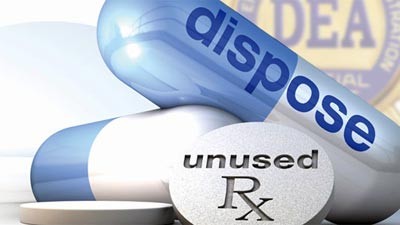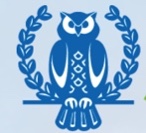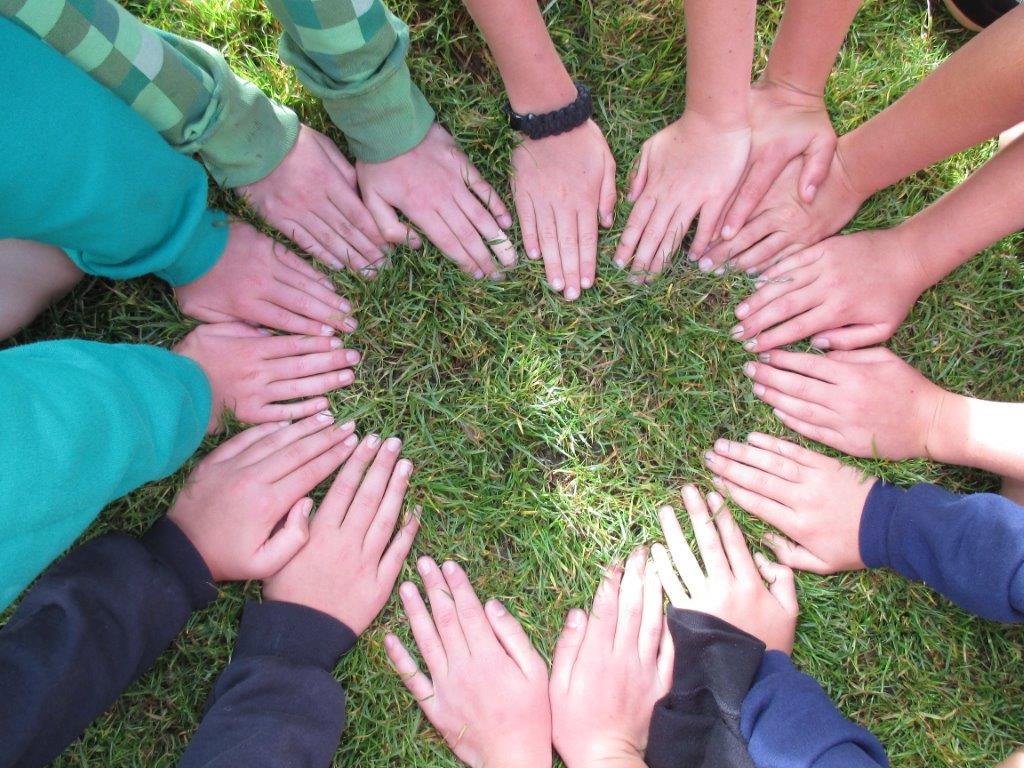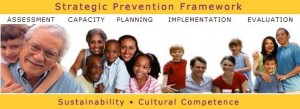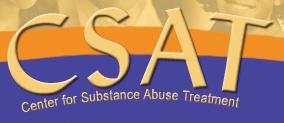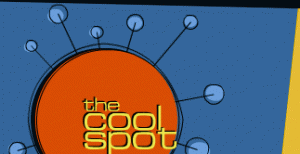Many online resources, check them out!
https://www.learnaboutcannabiswa.org/ Parents: Learn about Cannabis
The national Monitoring the Future Study shows cannabis use among teens drifting slightly higher in recent years, though not enough to reach statistical significance.
More noteworthy is the drop in the proportion of adolescents who view marijuana use as risky. Perceived risk—the risk to the user that teenagers associate with a drug—has been a leading indicator of use, both for marijuana and other drugs, and it continued to decline in 2013 among teens. This could foretell future increases in marijuana use.
Listen to the Washington State Department of Health radio ad about youth and marijuana, narrated by Dr. Leslie Walker of Seattle Children’s Hospital. (A Spanish version, narrated by Dr. Nathalia Jimenez, MD, is also available.)
The good news is that parents are the primary influence on adolescent behavior – even if it may not always seem that way. Here are some resources that can help parents discuss the use of marijuana with their children.
Community Anti-Drug Coalitions of America (CADCA)
When it comes to preventing drug and alcohol abuse, there is no one-fits-all approach. It takes solutions that are based on a community’s unique problems and circumstances. Since 1992 Community Anti-Drug Coalitions of America (CADCA) has been training local grassroots groups in effective community problem-solving strategies, teaching them how to assess their local substance abuse-related problems and develop a comprehensive plan to address them. Today, CADCA is the nation’s leading drug abuse prevention organization, representing the interests of more than 5,000 community anti-drug coalitions in the country.
National Institute on Drug Abuse (NIDA)
NIDA’s mission is to lead the Nation in bringing the power of science to bear on drug abuse and addiction.
NIDA for Teens. Drug facts, videos, downloads, blog, and more.
National Institute on Alcohol Abuse and Alcoholism
NIAAA provides leadership in the national effort to reduce alcohol-related problems by:
Coordinating and collaborating with other research institutes and Federal Programs on alcohol-related issues Collaborating with international, national, state, and local institutions, organizations, agencies, and programs engaged in alcohol-related work Translating and disseminating research findings to health care providers, researchers, policymakers, and the public.
www.samhsa.gov
SAMHSA’s Center for Substance Abuse Prevention (CSAP)
CSAP works with States and communities to develop comprehensive prevention systems that create healthy communities in which people enjoy a quality life. This includes supportive work and school environments, drug-and crime-free neighborhoods, and positive connections with friends and family. The role of prevention is to create healthy communities in which people have a quality of life:
Healthy environments at work and in school Supportive communities and neighborhoods Connections with families and friends Drug and crime-free.
SAMHSA’s Center for Mental Health Services (CMHS)
The Center for Mental Health Services (CMHS) leads national efforts to improve prevention and mental health treatment services for all Americans. CMHS pursues its mission by helping States improve and increase the quality and range of treatment, rehabilitation, and support services for people with mental health problems, their families, and communities.
SAMHSA’s Center for Substance Abuse Treatment (CSAT)
CSAT promotes the quality and availability of community-based substance abuse treatment services for individuals and families who need them. CSAT works with States and community-based groups to improve and expand existing substance abuse treatment services under the Substance Abuse Prevention and Treatment Block Grant Program. C SAT also supports SAMHSA’s free treatment referral service to link people with the community-based substance abuse services they need.
Treatment and Recovery
Understanding Treatment
For millions of Americans, substance use progresses to a point where the efforts of the individual, his or her family and friends, and social networks may not be sufficient to bring the problem under control. In these cases, access to addiction treatment can be a critical–even lifesaving–resource.
Like other chronic diseases, addiction can be managed successfully. Although often a long and difficult journey, research shows treatment is effective in helping addicts achieve recovery. Effective treatment programs enable people to counteract addiction’s powerful disruptive effects on the brain and behavior and to regain control of their lives. Providing treatment also lessens the burden substance use cause society. Studies show that every dollar spent on treatment saves four dollars in health care costs and seven dollars in public safety costs.
To read the most recent ONDCP Recovery Update Newsletter, click here.
Learn more about:
- Treatment
- Early Intervention
- Treatment in the National Drug Control Strategy
- Integrating Treatment in Healthcare Settings
- Specialty Treatment
- Medication Assisted Treatment (MAT)
Centers for Disease Control and Prevention (CDC)
CDC’s mission is to collaborate to create the expertise, information, and tools that people and communities need to protect their health – through health promotion, prevention of disease, injury and disability, and preparedness for new health threats.
A Parent’s Guide to Recognizing and Treating Depression in Your Child from
Check Yourself: A place for teens to check out where they are with drugs and alcohol fromDrugfree.org
We are working toward a vision where all young people will be able to live their lives free of drug and alcohol abuse
By bringing together renowned scientists, parent experts and communications professionals, The Partnership at Drugfree.org translates the science of teen drug use and addiction for families. At drugfree.org, you can find a wealth of information, tools and opportunities to help prevent and get help for drug and alcohol abuse by teens and young adults.
The Cool Spot: The Young Teen’s Place for Info on Alcohol and Resisting Peer Pressure
Almost everyone faces peer pressure once in a while. Friends have a big influence on our lives, but sometimes they push us to do things that we may not want to do. Unless you want to give in every time you face this, you’re going to need to learn how to handle it.
The first step to standing up to peer pressure is to understand it. In this section, you’ll start by learning to recognize the different things people do when they pressure others. Check out the differences between spoken and unspoken pressures, and learn about the peer pressure bag of tricks.
Soon you’ll be able to spot peer pressure and deal with it!
Its History and Impact
In early 2000, PACER noted that calls from parents of children with disabilities about bullying situations were increasing. The stories were heartbreaking, and parents said they did not know what to do, what their rights were, or what steps to take.
PACER decided to take action. The first step was to launch the curriculum “Is Your Child a Target of Bullying? Intervention Strategies for Parents of Children with Disabilities” in 2003, which was distributed nationally. PACER continued to develop written information about bullying prevention for children with disabilities. In 2005, PACER received their first grant to develop bullying prevention resources. At that time, it was decided that it was important that the resources be designed for all children, including those with disabilities, which led to the development of the PACER’sKidsAgainstBullying.org, which is a website with a cast of 12 characters, several of which have disabilities.
The demand for resources continued to grow, and PACER responded to that need by developing more resources, offering free information, and creating awareness campaigns.
Today, PACER continues to offer free resources to students, schools, parents, and the community, through three websites: PACER.org/Bullying, designed to provide free resources to schools and communities through three websites:
- PACER.org/Bullying, designed to provide free resources to schools and communities
- PACERTeensAgainstBullying.org, designed to educate middle and high school students
- PACERKidsAgainstBullying.org, for elementary school students
PACER is also the founder of National Bullying Prevention Month in October. What started as a week in 2006 and has continued to grow and evolve into a nationally renowned event.
Stopbullying.gov for Teens What is Bullying?
Aggressive behavior may be bullying depending on what happened, how often it happens and who it happens to. Find out what bullying is and what the different types are. You can also learn more about other topics related to bullying.
cyberbullying Cyberbullying happens when kids bully each other through electronic technology. Find out why cyberbullying is different from traditional bullying, what you can do to prevent it, and how you can report it when it happens.
National Institute on Drug Abuse (NIDA)’s Marijuana site.
Marijuana: Facts Parents Need to Know (March 2014)
Marijuana’s Lasting Effects on the Brain (March 2014)
The Partnership for Drug-Free Kids
A drug abuse prevention, intervention, treatment, and recovery resource, developed to help parents and caregivers effectively address alcohol and drug abuse with their teens and young adults. Includes a Parents Toll-Free Helpline: 1-855-DRUGFREE.
Facts for Families: Marijuana and Teens (American Academy of Child & Adolescent Psychiatry)
Information and links to additional resources about parents and prevention, effects of marijuana, medical marijuana for adolescents, and more.
Are you concerned your teen is using drugs or alcohol?
- Washington Recovery Helpline: Offers 24-hour confidential referral and help for substance abuse, problem gambling, and mental health for adults and teens in Washington state. The Helpline can assist family members in finding treatment centers for adults or teens, as well as provide information on community events and lectures that may be useful to parents. 1-866-789-1511
- SAMA Foundation: Non-profit organization based in Seattle with the goal of improving the management as well as the science of substance addiction, particularly in adolescents. 206-328-1719
Get Involved! The Congressional Award 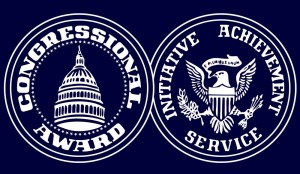 Are you 13 or older? Challenge yourself and sign up for the Congressional Award. You have until your 24th birthday to meet goals in 4 Program Areas: Voluntary Public Service, Personal Development, Physical Fitness, and Expedition/Exploration. This achievement looks great on college apps and resumes! Visit the official website or click the “Take Action” tab at the top of the page to learn more.
Are you 13 or older? Challenge yourself and sign up for the Congressional Award. You have until your 24th birthday to meet goals in 4 Program Areas: Voluntary Public Service, Personal Development, Physical Fitness, and Expedition/Exploration. This achievement looks great on college apps and resumes! Visit the official website or click the “Take Action” tab at the top of the page to learn more.
The President’s Volunteer Service Award
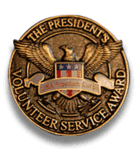 Another service award option. By yourself or with a group of friends, you can earn bronze, silver, and gold awards by volunteering.
Another service award option. By yourself or with a group of friends, you can earn bronze, silver, and gold awards by volunteering.
Building leadership skills can be fun and engaging! Have fun and get involved today!
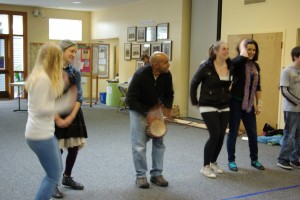
Kenya Masala, Rhythm Facilitator, offers students a chance to be silly, let loose and find your courage to stand up for what you believe! Leadership takes courage, commitment and communication!
COVID Resources:
Coverage/Benefits:
Washington Apple Health (Medicaid) Clients:
- Washington Apple Health (Medicaid) clients corona virus (COVID-19) FAQ
- See if you are eligible for Washington Apple Health (Medicaid) or other coverage
Public Employees Benefits Board (PEBB) Members:
School Employee Benefits Board (SEBB) Members:
Providers:
Telehealth:
- HCA offers limited no-cost telehealth technology licenses to providers
- Apple Health telemedicine brief for COVID-19
- Family Planning Only Program telemedicine services offered during the COVID-19 outbreak
Behavioral health:
- Department of Health behavioral health agency COVID-19 related waiver regarding face-to-face requirements
- Opioid Treatment Programs corona virus (COVID-19) FAQ
- COVID-19 and prescribers of buprenorphine-containing products FAQ
- Substance Abuse and Mental Health Services Administration (SAMHSA) COVID-19 webpage
Webinars:
- Free, Understanding Trauma Webinar Series, Individual
- Online Course: Ethics in Prevention: A Guide for Substance Abuse Prevention Practitioners – 15% off with code Discount2020Ethics




